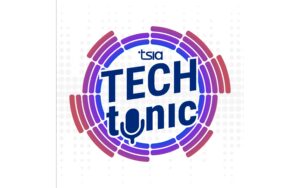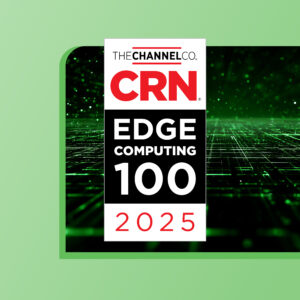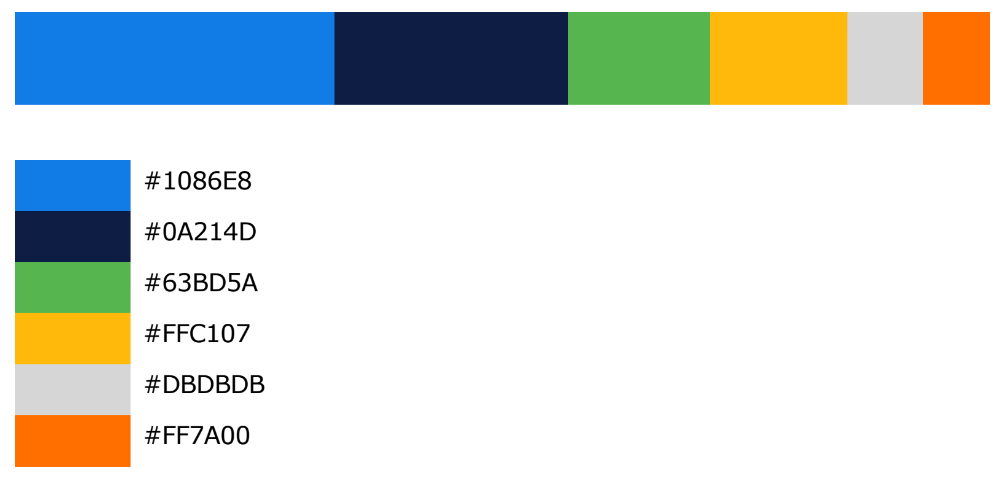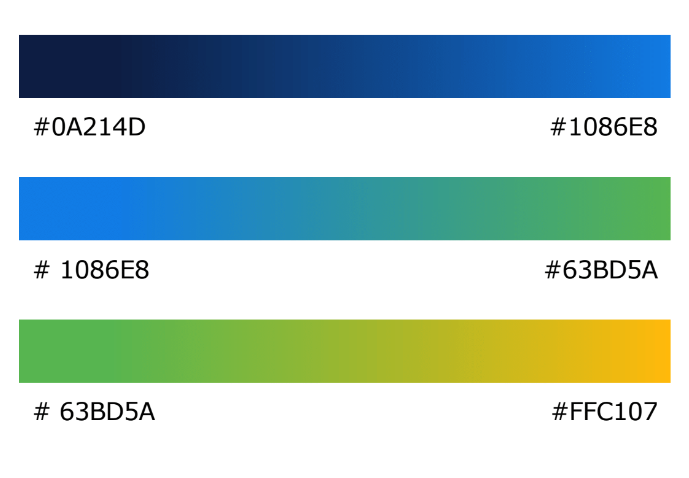Media Resources
ScienceLogic Company Name
The company name, ScienceLogic, should always always be written as a single word, lowercase with a capital “S” and “L.” If the company name is to be displayed in an all-caps situation, all letters should be capitalized: SCIENCELOGIC.
To maximize brand consistency, the company name should never be accompanied by corporate identifiers like “Inc.” or “LLC”, unless explicitly required for legal purposes.
ScienceLogic Boilerplate
Primary Boilerplate
ScienceLogic empowers intelligent, automated IT operations and observability, freeing up time and resources, and driving business outcomes with actionable insights. ScienceLogic’s AIOps platform sees broadly across clouds and on-premises, enabling business service visibility with relationship mapping, and workflow automation to eliminate manual tasks. Trusted by thousands of organizations across the globe, ScienceLogic’s technology has been proven for scale by the world’s largest service providers, enterprises, and government agencies.
Restorepoint Boilerplate
Restorepoint, a ScienceLogic company, helps enterprise businesses and managed service providers to improve network availability, security, and compliance. Using Restorepoint, network and security teams are able to centrally manage complex tasks across multi-vendor networks, helping them avoid costly outages, meet SLAs, automate network change, and reduce the ever-growing burden of compliance and security audits.
ScienceLogic Corporate Logo
Logo Configuration
The ScienceLogic logo contains two distinct elements: the ScienceLogic symbol, an icon consisting of a pattern of stacked circles, and the ScienceLogic logotype. The ScienceLogic logotype should never be used without the accompanying ScienceLogic symbol.
The logo must be present on all corporate stationary items, including letterhead, business cards, and envelopes, and should appear on the cover of all printed materials. Do not attempt to recreate artwork for the ScienceLogic logo.
ScienceLogic Brand Guide
Full Brand Guidelines
Typography
The logotype is set in a modified version of the Futura typeface. It should never be modified or recreated, and original digital artwork should always be used for reproduction.
Color & Contrast
The multiple variations above are designed to cover all applications and ensure that the logo and/or badge maintain a dominant presence on all backgrounds.
One-Color Use
When the logo or badge is to be used on a light background, utilize a variation gray symbol and gray logotype.
When the logo or badge is to be used on a dark background, utilize a variation with the white symbol and white logotype.
A black logo or badge variation may be used in rare cases where there are no alternatives. Please consult with the ScienceLogic Creative Team for assistance before using this variation.
Multi-Color Use
When the logo or badge is to be used on a light background, utilize a variation colored symbol and gray logotype.
When the logo or badge is to be used on a dark background, utilize a variation with the colored symbol and white logotype.
Minimum Size
When manifested physically, the logo must not be depicted smaller than 1.5 inches wide and the badge should never be smaller than 1 inch in height to ensure legibility.
Proximity
The ScienceLogic logo and badge must have uninterrupted space around their perimeters to ensure prominence and clarity. Type, graphics, frames, illustrations, or photographs may not exist in these areas.
Logo
The minimum safety space should be determined by the height of the counter of the “o” in the ScienceLogic logotype. This dimension should adjust proportionally with the scale of the logo.
To place the logo:
Horizontally
Determine the mathematical midpoint, then shift slightly to the right to visually account for the added weight of the symbol
Vertically
Align along the logotype baseline, or vertically center based on the mathematical midpoint between the cap-height and baseline of the logotype
Badge
The minimum safety space should be determined by the height of the “g” in the ScienceLogic logotype. This dimension should adjust proportionally with the scale of the logo.
Cobranding
Other company logos may appear alongside the ScienceLogic logo as long as proper safety space is maintained and the ScienceLogic logo appears visually dominant.
Misuse
Use the ScienceLogic logo and badge as provided above. Do not modify the logo and badge in any way.
Color
Primary Palette
Gradients
Typography
Primary Typeface
Muli, the primary ScienceLogic typeface, should be used for all print and all digital applications that
will solely be modified and maintained by ScienceLogic Creative.
Muli Extra-Light
Muli Extra-Light Italic
Muli Light
Muli Light Italic
Muli Regular
Muli Regular Italic
Muli Semi-Bold
Muli Semi-Bold Italic
Muli Bold
Muli Bold Italic
Muli Extra-Bold
Muli Extra-Bold Italic
Muli Black
Muli Black Italic
Secondary Typeface
Veranda, the secondary ScienceLogic typeface, should be leveraged for all general use business applications. Veranda is a universal system font available by default on MacOS and Windows, enabling end-user modification and maintenance of assets and collateral.
Verdana Regular
Verdana Italic
Verdana Bold
Verdana Bold Italic
Terminology
Brand Terminology
ScienceLogic brand terminology should always be displayed with proper capitalization and internal spacing:
- The ScienceLogic SL1 Platform
- SL1
- ChannelLogic
- EM7
- MapMyCloud
- MSP JumpStart
- ScienceLogic
- ScienceLogic agent
- ScienceLogic Global Manager
- ScienceLogic PowerPack
Application (ITIL)
An application is software that provides functions which are required by an IT service. Each application may be part of more than one IT service. An application runs on one or more servers or clientsBusiness Service (ITIL)
A business service is a service that is delivered to business customers by business units. For example, delivery of financial services to customers of a bank, or goods to the customers of a retail store. Successful delivery of business services often depends on one or more IT services. A business service may consist almost entirely of an IT service – for example, an online banking service or an external website where product orders can be placed by business customers.Resource (ITIL)
A resource is a generic term that includes IT infrastructure, people, money or anything else that might help to deliver an IT Service Model (ITIL)
A service model describes the structure of a service (how the configuration items fit together) and the dynamics of the service (activities, flowlow of resources and interactions)
ScienceLogic SL1 Platform Terminology
- Discovery & Classification
- Intelligent auto-discovery
- Self-configuring
- Continuous learning
- Best Practice Monitoring Policies
- Collection policies: Collect any data from any element or service
- Assessment policies: Assess availability, health, risk and other KPIs; define when events or actions are triggered
- Action policies: Automate remediation and routine actions
- Relationship & Dependency Mapping
- Service Model
- Dashboard Analytics
- Dashboards
- On-demand analytics for performance and capacity
- Reporting
- Automation
- Open, flexible platform
- Integrated runbook automation
- RESTful APIs
- Integrated incident management
- Integrated asset management
- Event (ITIL): A change of state which has significance for the management of a configuration item or IT service. The term event is also used to mean an alert or notification created by an IT service, configuration item or monitoring tool. (Examples: router ACLs were updated, firewall policy was pushed)
- Alert (ITIL): A warning that a threshold has been reached, something has changed, or a failure has occurred. Alerts are often created and managed by system management tools and are managed by the event management process. (Example: an alert is sent to on-call personnel to notify them that router ACLs were updated)
- Incident (ITIL): An unplanned interruption to an IT service or reduction in the quality of an IT service.
Industry Terminology
When writing branded materials to represent ScienceLogic, it is important to use precise terminology to describe technologies, brands, and trends. The following terms should be formatted as listed below when used in ScienceLogic-branded materials:
- agentless
- all-in-one
- auto-discovery
- asset management
- bimodal IT
- cloud-based
- cross-domain
- data center
- data sheet
- event management
- hyperconverged
- incident management
- knowledge management
- mapping
- mean time to repair (MTTR)
- multi-cloud
- multi-technology
- multi-tenancy
- multi-vendor
- next generation
- off-prem
- off-premises
- on- and off-premises
- on-prem
- on-premises
- open source
- real-time
- runbook automation (RBA)
- software-defined data center (SDDC)
- software-defined networking (SDN)
- white paper













